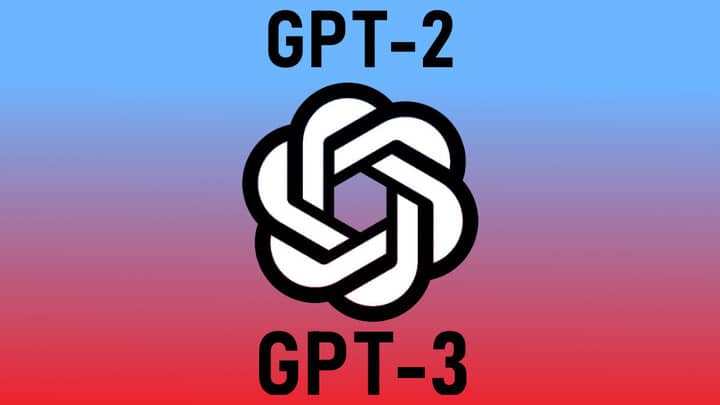GPT-3 Vs. GPT-2

Table of Contents
It’s time for a classic PC Guide showdown – this time it’s the battle of two AI models, GPT-3 Vs. GPT-2.
GPT, or Generative Pre-trained Transformers, have become a very hot topic, especially in the tech world. This is because these programs are becoming more and more capable of solving human problems and easing the burden of multitasking. Two of their successful models, GPT -3 and GPT-2, were appreciated worldwide, both in tech and non-tech.
So, if you aren't familiar with them or are stuck as to which model is better, don't worry. We have it covered, with all the key info below.
What is GPT-2?
OpenAI released GPT-2 back in 2019 as an AI language model. It was an open-source AI model, trained on 1.5 billion parameters to predict the next word of any sentence.
In addition, GPT-2 could create human text with the help of deep algorithm learning. This enables it to learn all the context needed to generate its text. It has been since then used in corporate, educational, and government settings for helping in writing tasks that otherwise have been difficult to manage.
What is GPT-3?
GPT-3 is an artificial intelligence web program that is still gaining a lot of attention worldwide. OpenAI also developed GPT-3. It was widely considered far better than its predecessors because of its size and scale. Until the recent release of GPT-4, it was the most advanced and powerful Open-source NLP model the world had seen.
Compared to 1.5 billion GPT-2, it has 175 billion parameters with a further 45GB of data. Thus, it can generate a human-like textual output, answer queries or questions as humans do, translate, create codes, and even summarize things in a simple manner. Unlike its predecessor, the results it could produce were more accurate and cohesive with more relevance.
Difference Between the GPT-3 And GPT-2
So how does GPT-3 compare vs GPT-2? The GPT-3 is trained using a lot of textual data. That is why it rather has lesser bugs than GPT-2. However, the size is the main difference between GPT-2 and GPT-3. The GPT-2 has only 1.5 billion parameters which are 116 times less than 175 billion of what GPT-3 has. That is why it can perform far better in terms of accuracy, relevancy, and cohesiveness when predicting the next words of a sentence.
It performs exceptionally well against the GPT-2 against answering questions, understanding our natural language, and summarization of things.
Apart from that, what’s even more attractive is the variety of a few new cool features that the GPT-3 can offer. This includes the analysis of sentiments, linking the entities, and even semantic searching. All these features together improve its user experience in different applications.
Limitations of GPT-3 and GPT-2
Though both these AI language models were a huge success, they still had a few limitations. These GPTs needed to be more capable of handling long and complex language formations. Suppose you are using them in the context of sentence or words that primarily includes specialized field words like medicine, finance, or literature. Both these models can only provide accurate results if they have sufficient training beforehand.
Moreover, since both these models have billions of parameters, they would require an amazing amount of computer resources. So, there might be better solutions for the masses to train or run them in common.
Conclusion
Time for the results of GPT-3 Vs GPT-2.
The GPT-2 was no doubt a hit at its time of release. Since it could help many users predict the required words of a sentence, use was even becoming common on the governmental level. However, since it needed to be more accurate and cohesive or to handle complex matters, a better model was required, which the GPT-3 fulfilled despite its limitations.
